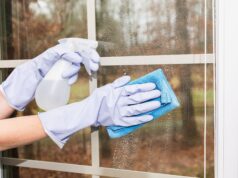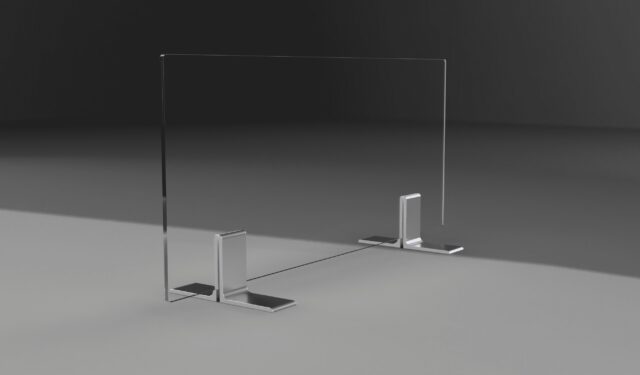
The Coronavirus Pandemic made it mandatory to shut down businesses, sports complexes, entertainment hubs, shopping centers, offices, and educational institutions.
Though vaccination drives have started globally, WHO and CDC still state that safety and social distancing protocols must be maintained to reduce the risks of infection.
Nevertheless, lockdowns have been lifted from many zones. As regions prepare themselves to get back to the “new normal,” the demand for face masks, hand sanitizers, surface disinfectants, and sneeze guard shields is on the surge.
Protecting students
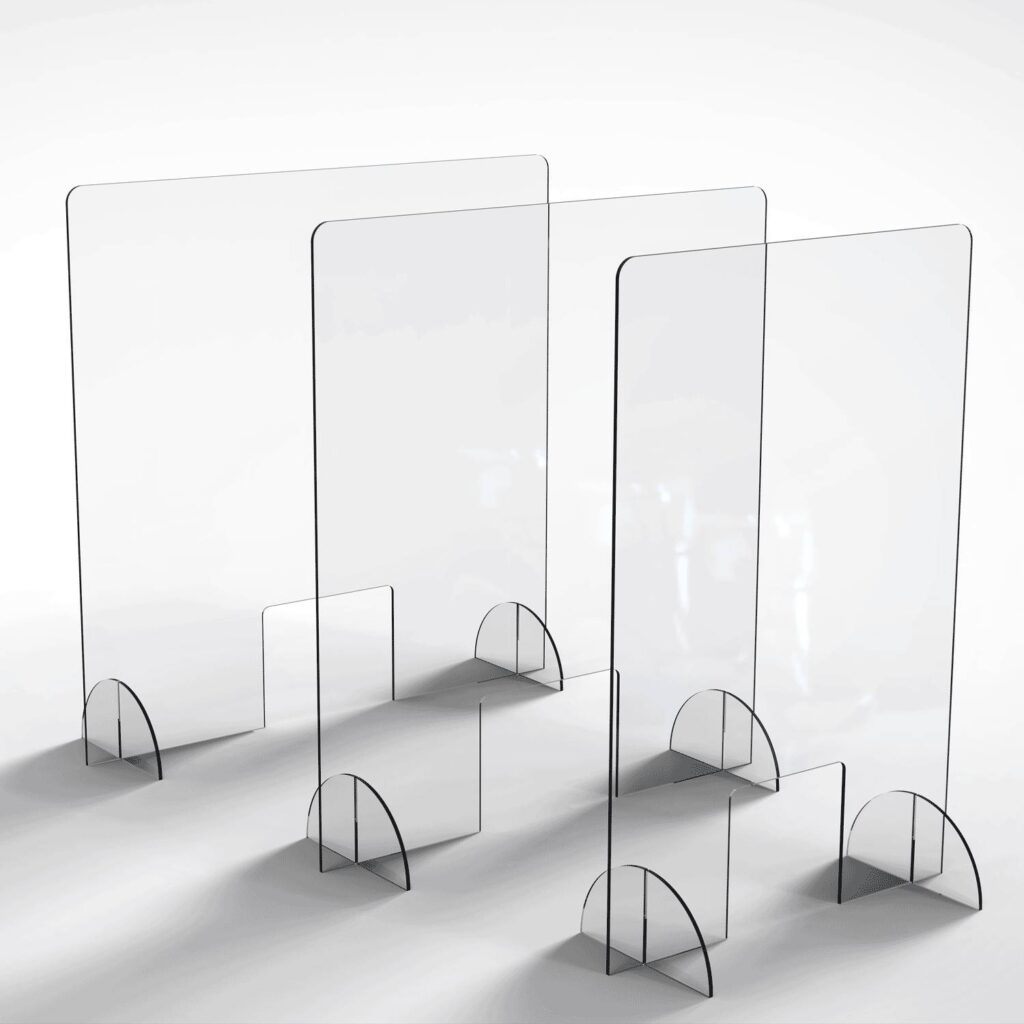
Yes, schools are indeed closed now, but soon they will re-open their doors for the students. So, before it does and before you start inviting your little ones and colleagues to your educational institution, there are some positive steps you need to focus on right away. The first thing is to keep the spreading of the COVID 19 virus at bay. When at school, it is very difficult to maintain that 6 feet distance, especially with such a crowd around you. That’s when the sneeze guards come to the rescue.
Investing in good quality sneeze guards
Schools, colleges, and universities have to undertake the onus to prepare their classrooms for the post-pandemic era. Though online education is being carried out in full swing, educational institutions need to beef up their safety protocols for the classroom. Sneeze guard shields are the protective barriers you see at restaurants, banks, major waiting areas, and offices these days. They should be installed in schools as well to protect students once they come back to class.
These sneeze guards prevent droplets from a cough or sneezing from spreading. In addition, they ensure that people in close contact are protected from bacteria and viruses.
They can be installed on desks to securely stay in place to safeguard the person from the risks of infection. Besides the student, the teacher needs to be protected from the risks of coronavirus infection as well. Therefore, a sneeze guard should be placed on the teacher’s desk as well.
They should also be installed in common areas where students accumulate for extra co-curricular activities like reading rooms or libraries, the cafeteria, or any large space that has seating arrangements for several students.
Protecting oneself and others too
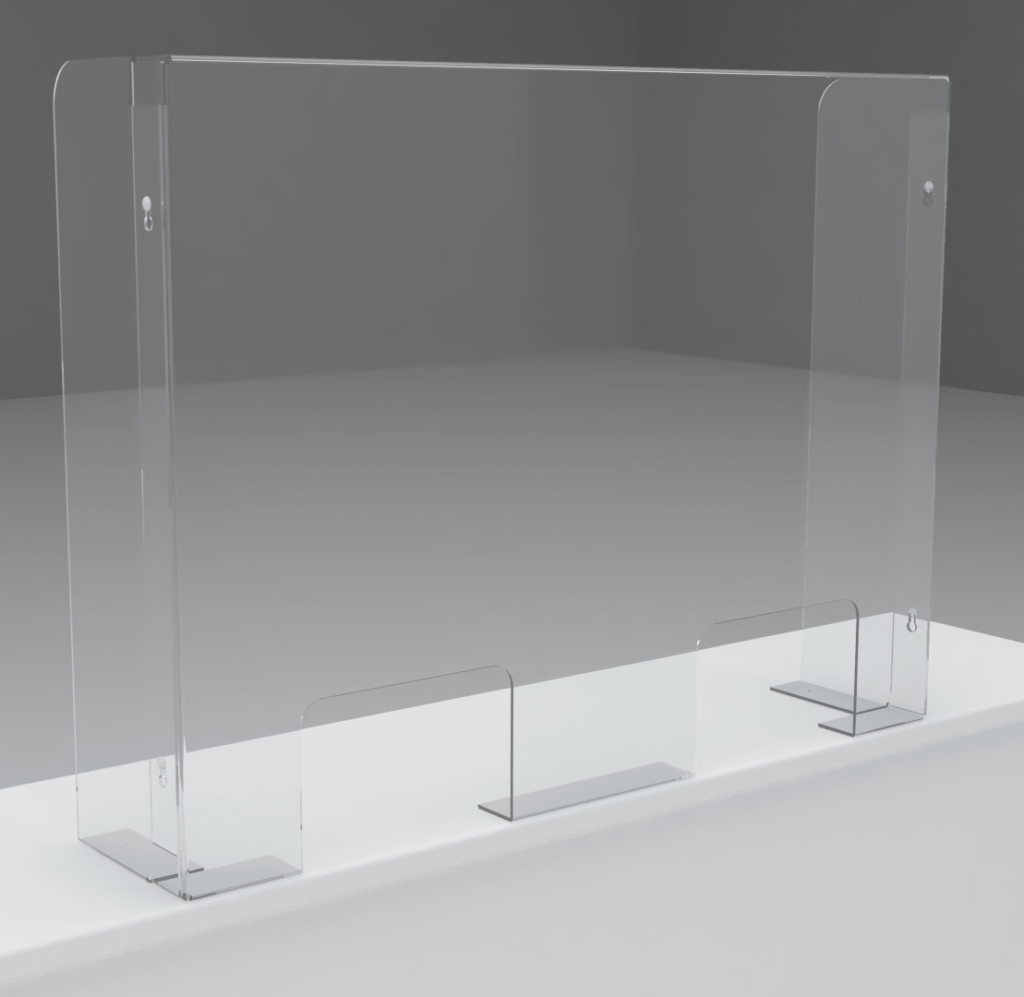
To protect students at elementary school and high school, the CDC has issued specific guidelines when it comes to promoting behavior that reduces the spread of the coronavirus and other diseases. They include the frequent cleaning and disinfecting of surfaces and installing physical barriers between the students themselves and students and teachers.
These barriers include partitions and sneeze guards in areas where increasing the space between students are a challenge. The same partitions should also be installed in the reception area and the principal’s office, where parents often visit the school. Moreover, the other safety protocols of wearing face masks, carrying hand sanitizers, and the frequent washing of hands with soap and water for at least 20 seconds should be diligently followed.
Creating a protective zone for both teachers and students
Placing these sneeze guards for desks for every teacher and even on the desk of back office and front office workers is a necessity nowadays and not just optional. Most of the schools have already turned to acrylic or Plexiglass sneeze guards for helping out in minimizing the spread of the virus and support the safety protocols. If you are one such school teacher looking for that extra protection later while maintaining a personal touch, then there are some ways to use the sneeze guards to support safety and health in the classroom. If you are the owner of an educational institution, you can learn more about installing sneeze guards for desks from www.bannerbuzz.com.
Placing on the instructor’s desk:
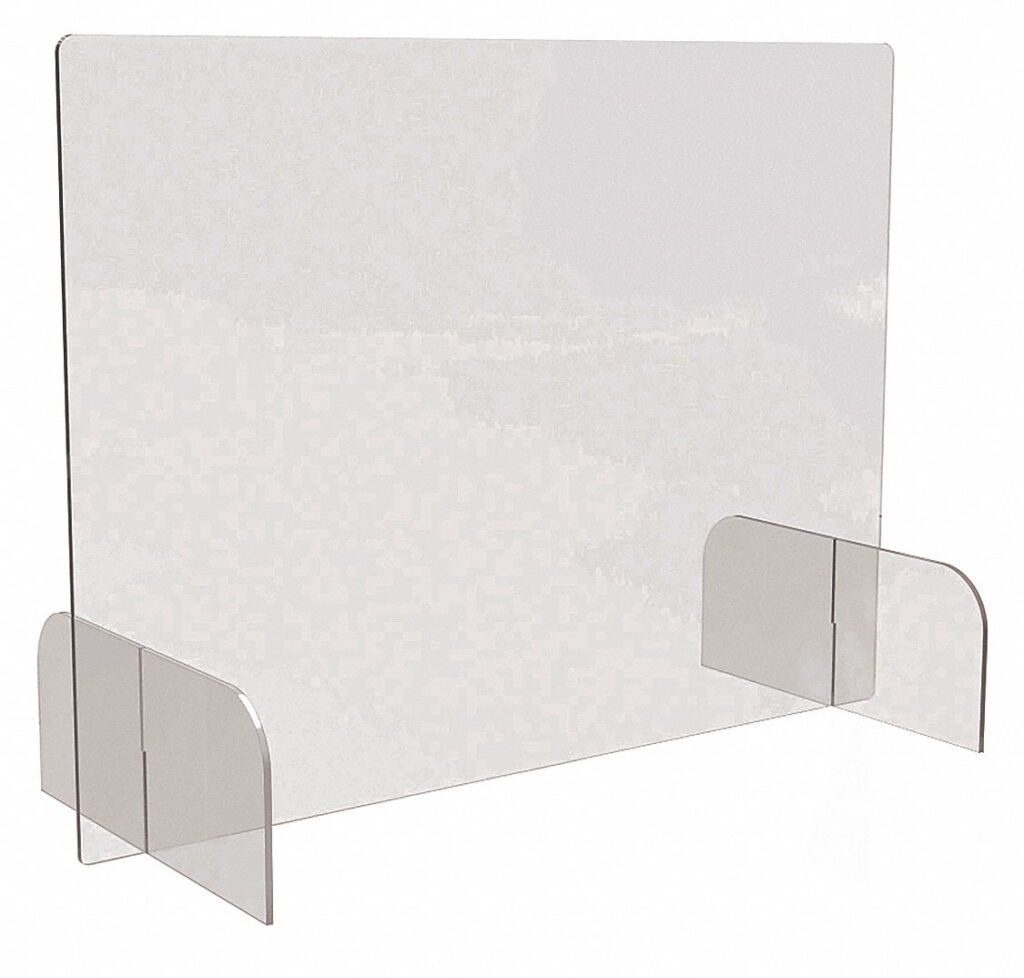
If you are quite passionate about teaching, you might be struggling with this pandemic scene, mainly if you have to work with the younger group of students. Younger children are likely to visit the teachers more often to help out and asking questions.
- Now, thanks to sneeze guards, you can still maintain that personal touch with your students by encouraging them to come up and visit your desk.
- At the same time, you can protect yourself and your students by using sneeze guards with a wrap-around barrier.
- If you want, you can install any one of the available models on top of the desk and then remove them easily when the time comes.
Yes, this kind of experience might indeed seem awkward at first, but you can talk to students about how it is vital to use them to sustain everyone’s safety while learning new things at the same time. Kids are pretty resilient. But with passing time, they will get used to the sneeze guards and will use some creative ways to keep learning and interaction going.
Great for student desks too:
With the pandemic taking a turn for the worse, it is not clever to use the sneeze guards on teachers’ desks only. Now, you need the same sneeze guards for the students as well to keep them separated from one another. Indeed, you cannot separate friends, but you have to take such measures during this situation to prevent the spreading of coronavirus.
The sneeze guards are clear. So, students will be able to see one another and teachers easily. It won’t even feel like a barrier because of the crystal-clear look of the sneeze guards. So, make sure to cover the schools with proper sneeze guards before inviting students and teachers to come and visit the premises again.
When it comes to the number of sneeze guard shields the educational institution needs, they should first ascertain their requirements and budget. Once this has been done, they can contact credible companies that sell sneeze guards and order them in bulk. Finally, they should be installed on the desks of students correctly. In this way, school authorities can reassure both students and their parents that they can return to school without fear of infection.

